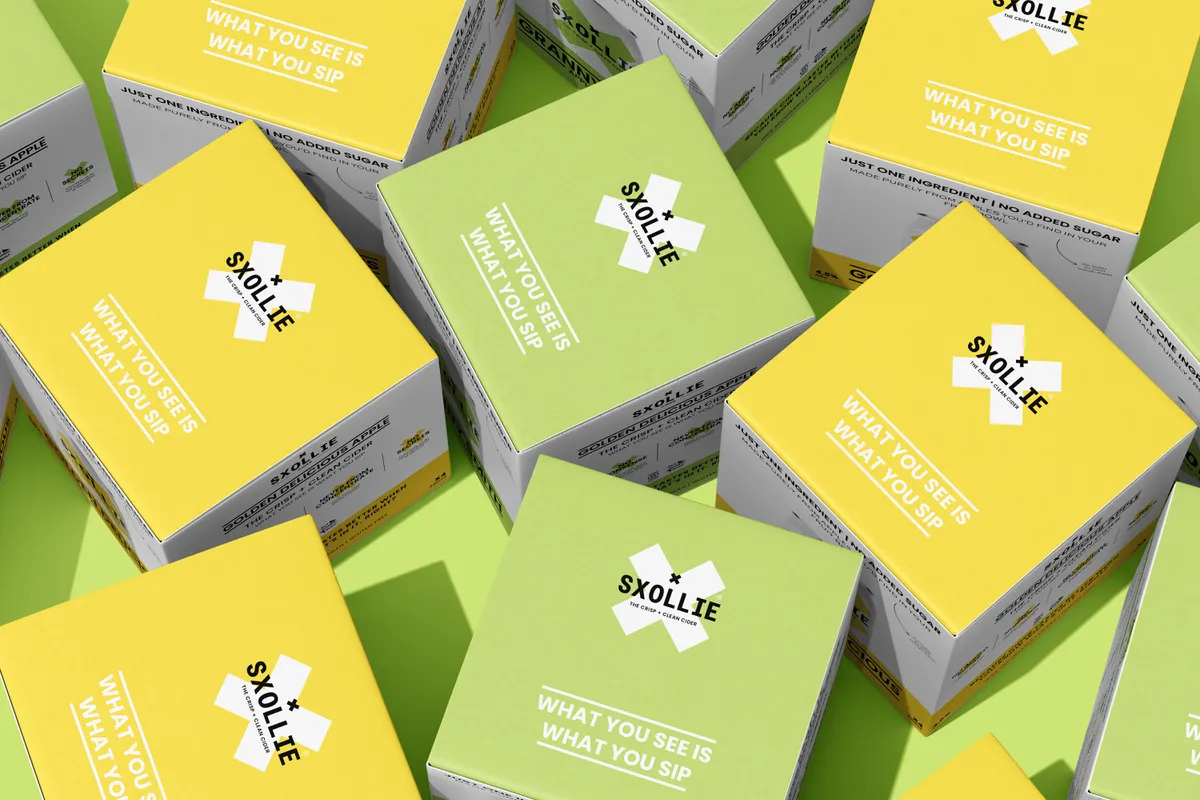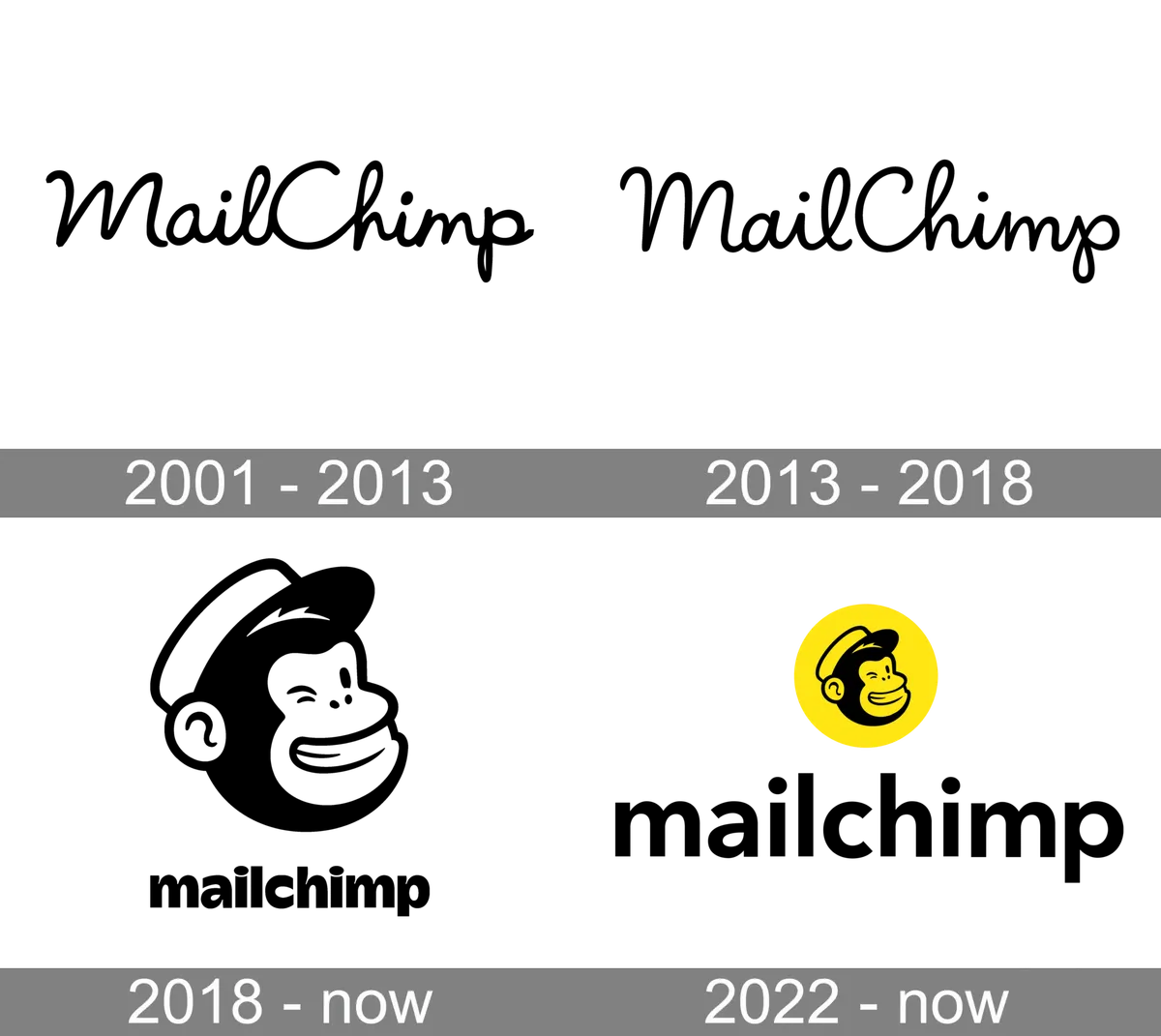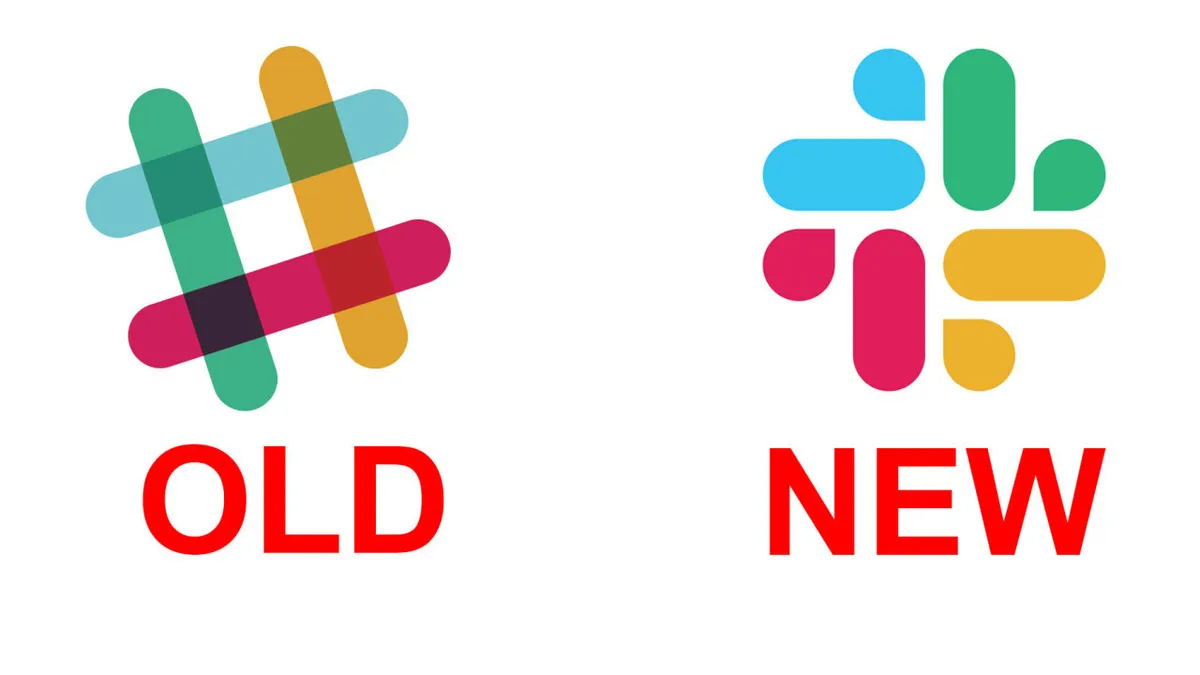
In fact, most of the time, you shouldn't.
If your brand is starting to feel a little dusty, a full rebrand might be overkill – small shifts in brand design still directly impacts sales. What you need instead? Just a lil’ refresh. The kind that keeps the essence of what’s working, but modernises it so it actually connects with today’s audience (and nods to the future of brand design), not the 2016 version of them.
Let’s talk about how to pull that off. No brand meltdown required 😉.

Before you fix it, you’ve got to admit it needs fixing and get clear on what brand design really is . Remember, brand design is so much more than just a logo.
Here are a few dead giveaways that your brand might be in need of a glow-up:
If any of that stings, please don’t panic. That just means it’s time for a refresh.
Even we’re not immune as brand and packaging designers. At Noramble, we recently gave our own website a refresh. We teamed up with the lovely team at MadeByShape to bring it to life, but the direction and vision came from us. We loved the old site, but it just didn’t reflect who we are today. And that’s the whole point: brands evolve. What worked once won’t always work forever.
The real question is, will you keep clinging to the past version of your brand, or give it the update it deserves? The best thing to do is start getting feedback regularly. This will help you pin down the good, the bad and the ugly.

Refreshing your brand can be as light or as deep as you need it to be. Here's how to tell what level you’re at:
You don’t have to do it all at once but knowing where you are on the refresh scale helps you plan better (and spend smarter).

Look, we love a good Pinterest board as much as the next person. But slapping on a new colour palette or downloading a new font is a design identity crisis waiting to happen.
This stuff has to make sense.
The colours, the tone of voice, the way your brand shows up … it all needs to align with your strategy, your audience, and your future direction. Not just what’s cool this week on Instagram.
That’s why investing in actual brand designers (hi, that's us 👋) is so worth it. We make sure it works. Strategically. Visually. Emotionally.
It’s what we do. And honestly? You’ll save yourself a world of guesswork.

Let’s give some credit where it’s due. Here are a few brands that refreshed without losing the plot in the process:
Burger King: They gave their logo a nostalgic yet modern twist. Same sandwich energy, just fresher. The key thing is that it was still recognisable. Nobody looked at it and thought, “Wait… who are they?” They kept the core elements that people associate with the brand, but stripped back the noise. As Burger King put it in their press release, the new “minimalist logo seamlessly meets the brand evolution of the times.”

Image source: edition.cnn.com
Mailchimp: Kept their quirky tone but matured visually – a lesson in staying weird but polished. They dropped the capital “C” in their name, introduced a unified design system, and refreshed their type, colours, and illustrations. The update was about giving the brand space to grow while still feeling familiar. For us as brand designers, that’s the sweet spot: evolving the visual identity so it scales with the business, without losing the personality that made people love it in the first place.

Image source: 1000logos.net
Cadbury: Who doesn’t love Cadbury chocolate ey? 🍫 They updated their wordmark and packaging to feel more premium, but still totally recognisable. The redrawn logo drew on the handwritten heritage of the brand, inspired by founder William Cadbury’s signature, giving it a crafted and more contemporary edge. Alongside that, subtle updates to the iconic “Glass and a Half” symbol and a refreshed Dairy Milk packaging system reconnected the brand with its roots while modernising its presence. From a design perspective, it’s a smart move: balancing heritage with evolution, keeping global recognition intact while dialling up a sense of quality and care.

Image source: designweek.co.uk
Slack: They tidied up their logo and UI to match a more grown-up product and yes, the internet freaked out for 48 hours. The old logo was fun but chaotic: 11 colours, awkward angles, and a design that broke easily if used the wrong way. Pentagram simplified it into a cleaner, more versatile symbol with a unified colour palette and typography. Some critics said it felt a bit generic, but from a design perspective, the update was smart. It reduced misuse, worked better at small sizes, and gave Slack a consistent look across everything from app icons to enterprise decks. In the long run, consistency beats chaos.

Image source: thenextweb.com
Fenty Beauty: Continuously refines its brand presence without ever losing its edge. From launch, it rewrote the beauty playbook with its 40-shade foundation range and unapologetically diverse campaigns, proving that inclusivity is the strategy. The visual identity and campaigns have evolved since, but always with the same DNA: bold, authentic, and culturally tuned in. For brand designers, Fenty is proof that staying modern is about aligning visuals, voice, and values so tightly that the brand grows without ever losing what made it iconic in the first place.

Image source: divinemagazine.co
A successful refresh doesn’t confuse your audience, it reassures them that you get it, and you’re keeping up.
Don’t start from a blank page. Start from what’s solid.
The smartest brand refreshes strike a balance: preserving the past by keeping the recognisable elements people already love and trust, while evolving everything else to feel modern, relevant, and in tune with today’s vibe.
Look at your:
Ask what’s serving you, and what’s silently screaming “Help me.”
Brands are living things. They change, evolve, and (hopefully) improve over time.
Updating your brand isn’t a sign you messed up the first time. It’s a sign you’re paying attention. It means you’re growing and making sure your outward identity matches where you are now, not where you started. After all, 75% of companies have refreshed their branding since 2020, reflecting that brands are living things, always evolving to match where they are now (not where they started).
Feedback and creative criticism are your best friends in this process. Criticism isn’t always a bad thing; sometimes it’s the single most valuable tool you’ll ever get. Honest feedback from your audience, team, or even your toughest clients can reveal blind spots, highlight strengths, and give you the insight you need to refresh with purpose. A well-timed critique might just be the spark that takes your brand from “fine” to unforgettable.




At Noramble, we help brands find that balance. Whether you need a full makeover or just a brand trim and tidy, we’ll help you modernise without losing your soul.
Want to know what parts of your brand are working (and what’s holding you back)? That’s what we’re here for. Just honest feedback and a few creative cheat codes to help you stand out again. Sound good? Let’s talk.